Wildfire Resilient Building Strategies: Glazing Options
- BEATUS
- Jan 13
- 3 min read
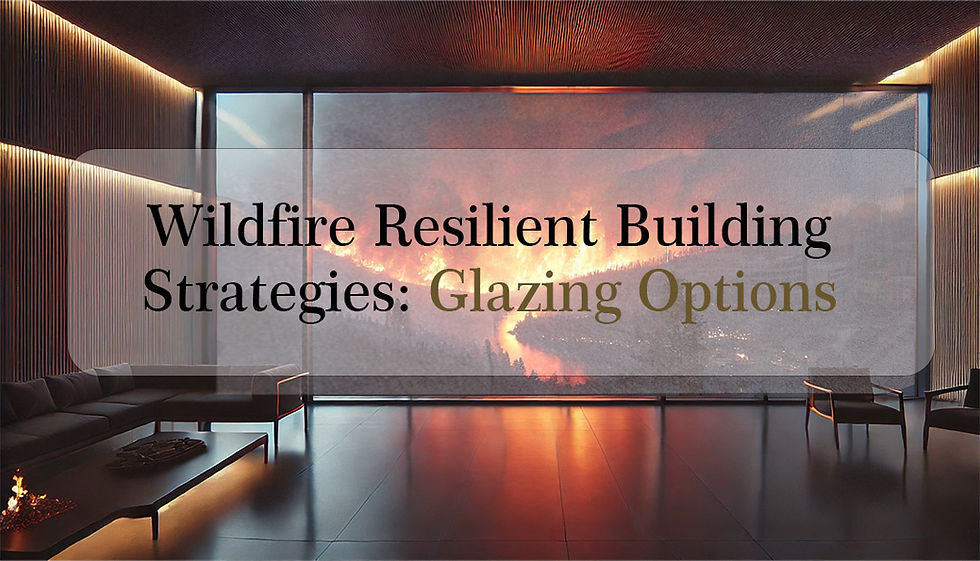
The devastating wildfires that have recently swept through Los Angeles and surrounding areas have brought building safety into sharp focus. Among the various factors to consider, the role of window and door systems in protecting homes and buildings from fire damage is paramount.
In response to this escalating challenge, BEATUS Facade, a leading façade company and manufacturer, is dedicated to enhancing building safety. This blog will outline the importance of selecting the right window & door glazing options to safeguard buildings against wildfire threats.
Glass options
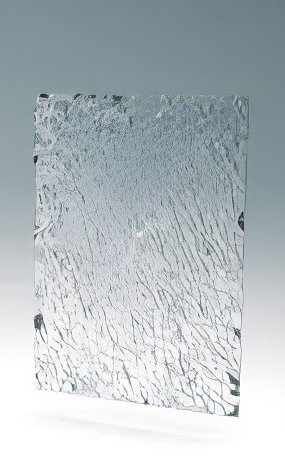
Tempered Glass
Tempered glass is specifically designed to withstand high temperatures without breaking. The compressive stress layer on its surface enhances its thermal shock resistance, making it less likely to crack or fail under intense heat generated by wildfires. This property helps protect the building interior by maintaining the integrity of the glass barrier.
Wildfires often produce flying embers that can shatter ordinary glass. Tempered glass, with impact strength 5 to 10 times greater than standard glass, is better equipped to resist such forces.
Laminated Glass
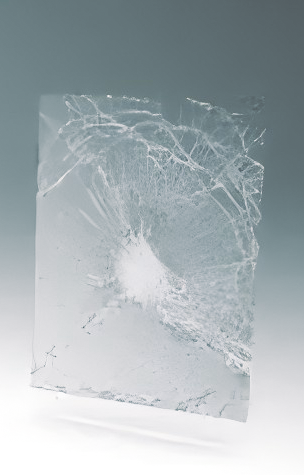
glass. Its interlayer helps maintain structural integrity even when exposed to heat from wildfires.
The interlayer acts as a barrier, delaying the spread of flames and heat. This is especially vital in preventing fire penetration into buildings.
Wildfires often come with strong winds and flying debris. Laminated glass offers superior impact resistance, reducing the risk of shattering.
Low-E Glass
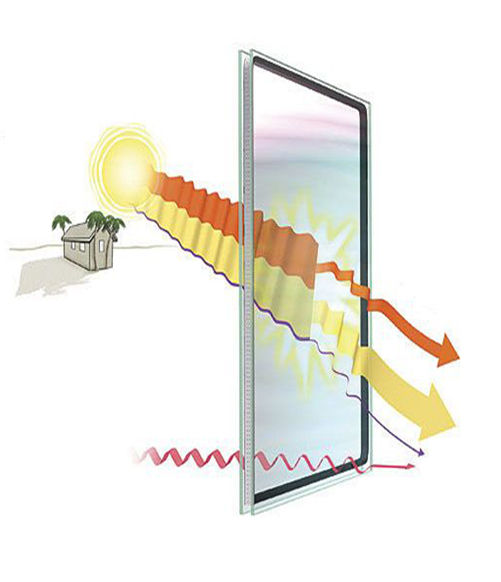
The metallic Low-E coating reflects a significant portion of radiant heat generated by wildfires, reducing the risk of interior temperature rise and potential ignition of indoor materials.
IGU (Insulated Glass Unit) Combinations
Single-glazed glass is unable to provide sufficient protection in the face of wildfires, as it has poor thermal insulation and is prone to breaking due to high temperatures, flying debris, and strong winds. As a result, double and triple glazing aluminum door and window systems have emerged as an important solution to enhance building safety.
Double glazing- 2x insulated tempered glass
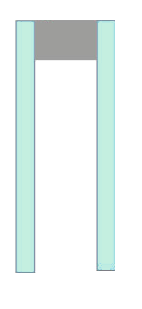
Double insulating tempered glass consists of two panes of tempered glass with an air layer in between, serving as a fundamental configuration for doors and windows. Tempered glass offers excellent impact resistance and thermal insulation properties.
This type of glass effectively blocks external noise while enhancing the energy efficiency of buildings and reducing heat loss. Its strength is 2 to 4 times greater than that of ordinary glass, making it widely used in high-rise buildings and windows to provide a safe and comfortable environment.
Double glazing- 1x laminated insulated glass+1x insulated tempered glass
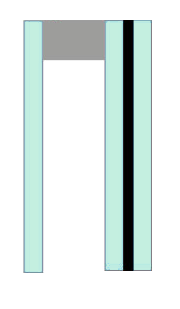
Insulating Laminated Glass combines the solar control benefits of an insulating unit with the safety features of laminated glass. This glass also improves acoustic performance, provides UV protection, and ensures the laminated component remains intact in case of glass damage. As a result, it is commonly used for skylights and other overhead glazing applications.
Double glazing- 2x laminated insulated glass
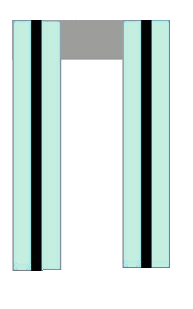
Double laminated insulating glass units consist of a laminated inner layer and a laminated outer layer, separated by a space.Additionally, these units meet protective glazing requirements, providing enhanced impact resistance for safety. Overall, double laminated insulating glass units offer an effective balance of sound insulation and security, ensuring a comfortable and safe environment.
Triple glazing-3x insulated tempered glass
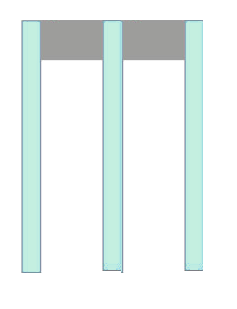
Triple insulating tempered glass units consist of three layers of tempered glass separated by two sealed air spaces, significantly enhancing insulation and lowering the U-value (thermal transmittance coefficient) for improved energy efficiency. This design is particularly beneficial for high-performance buildings and residential spaces, as it withstands extreme weather, maintains a comfortable indoor environment, and helps reduce heating and cooling costs, enhancing the building's sustainability.
Low-E glazing
Low-E coatings are applied to just one side of the glass (on the exterior side of the airspace), making them suitable for various types, including double insulating, triple insulating, and single laminated insulated glass. This coating technology enhances energy efficiency by reflecting heat and controlling solar radiation. Low-E coatings effectively block summer heat from entering the indoor space while retaining indoor warmth during winter, ensuring a comfortable indoor temperature throughout the seasons.





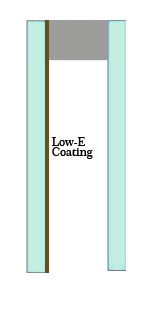



Comments